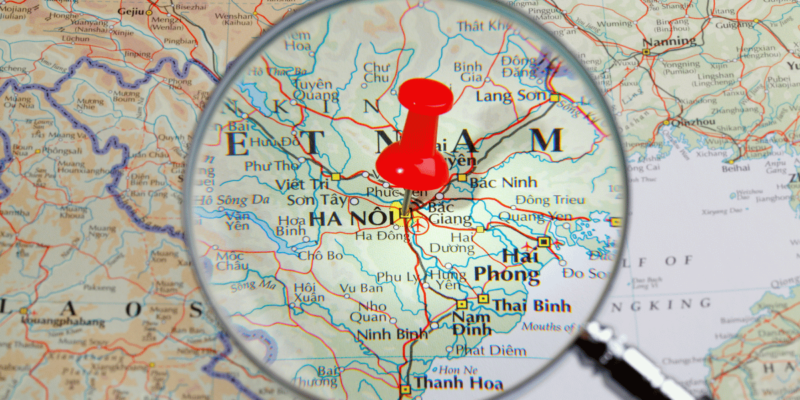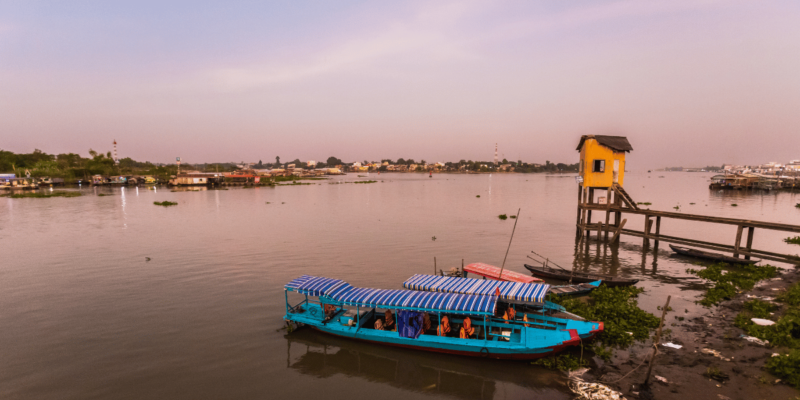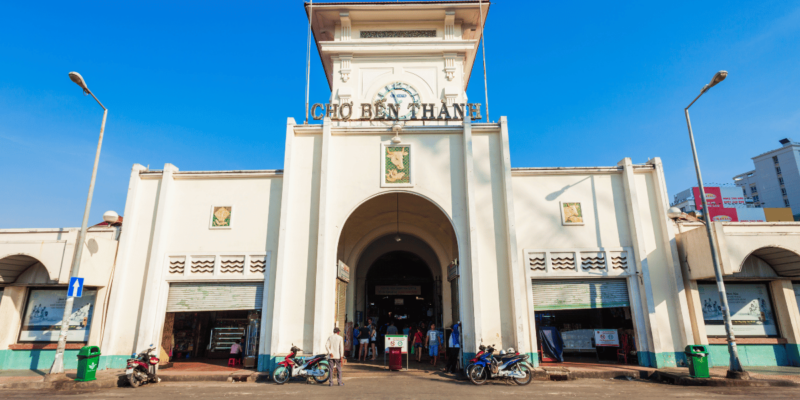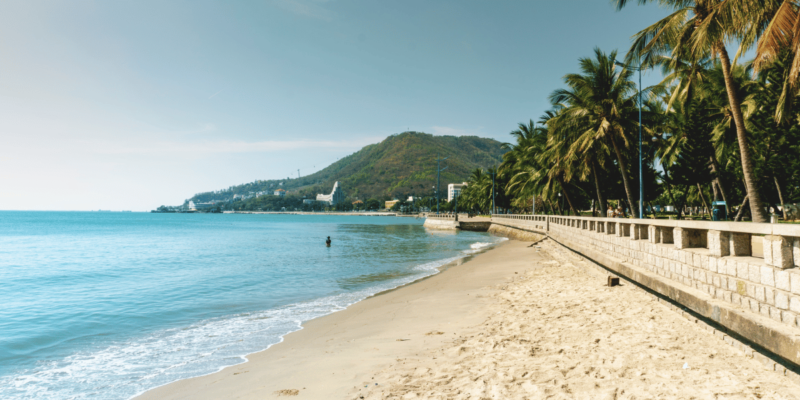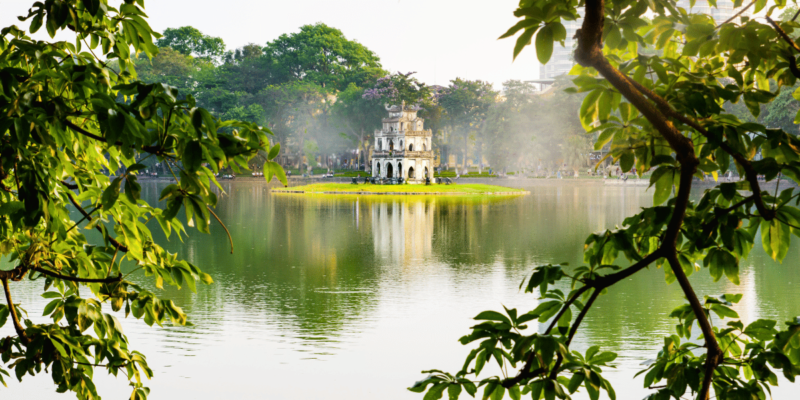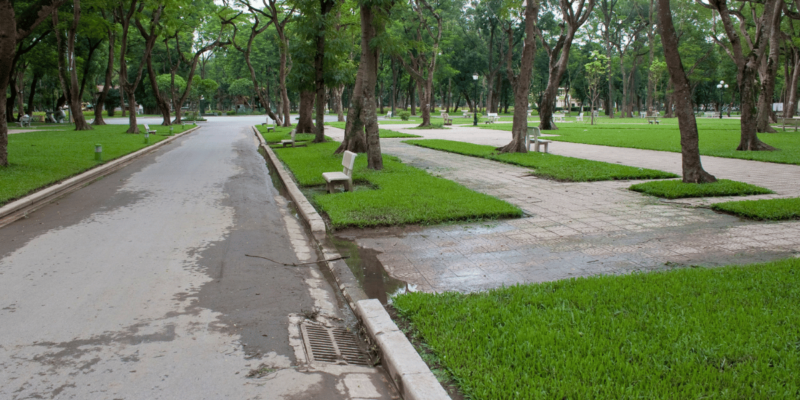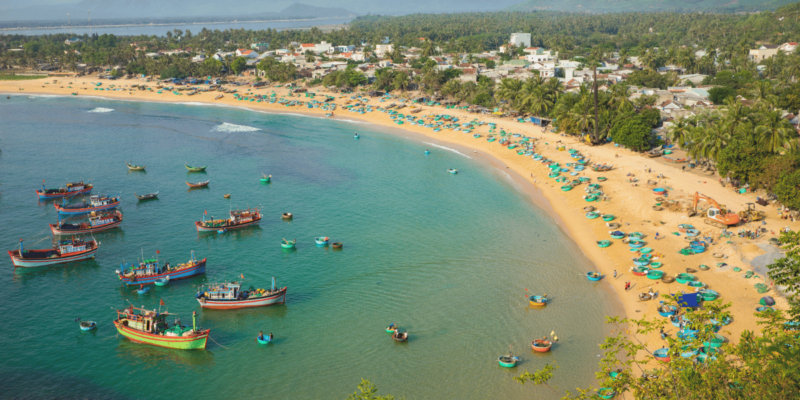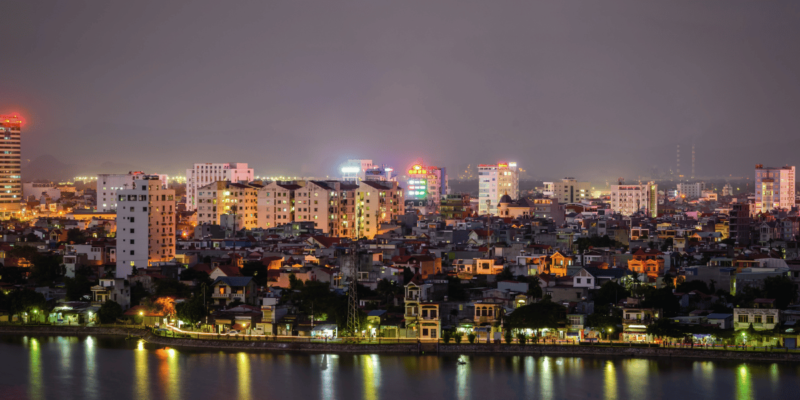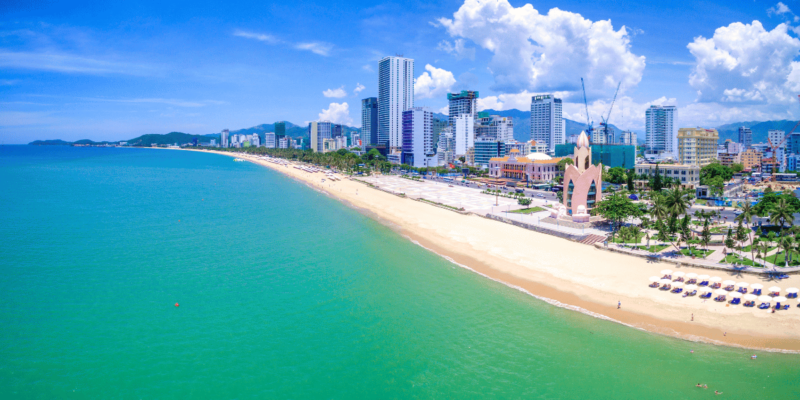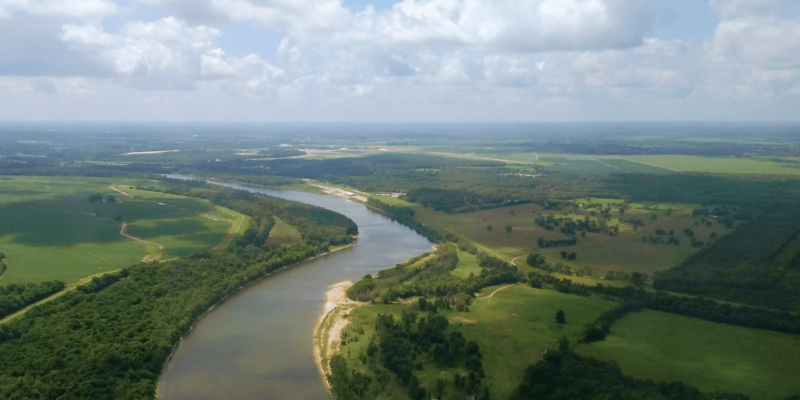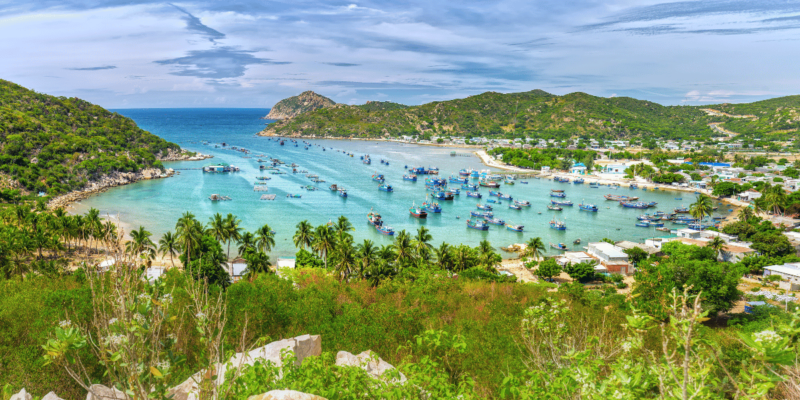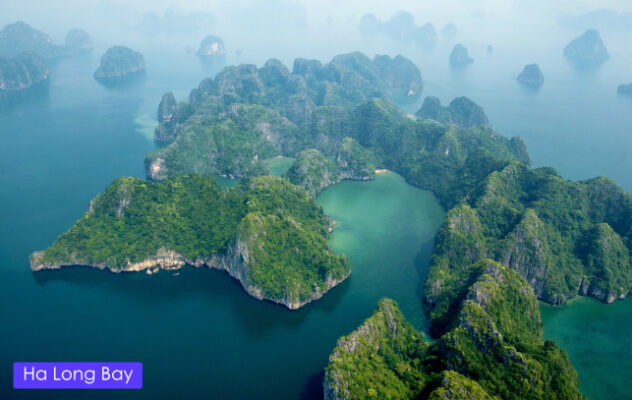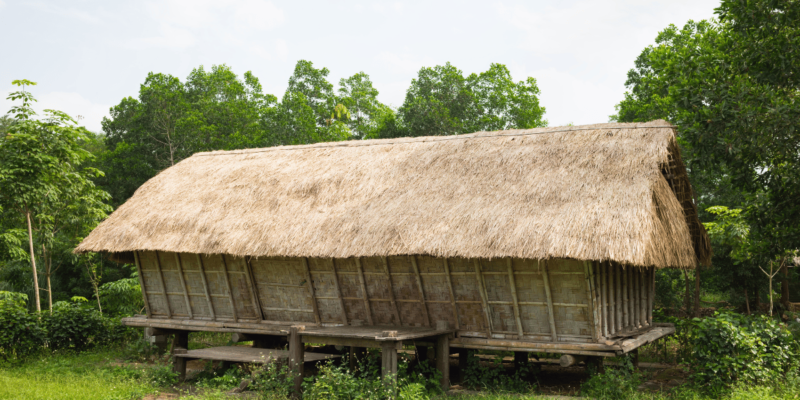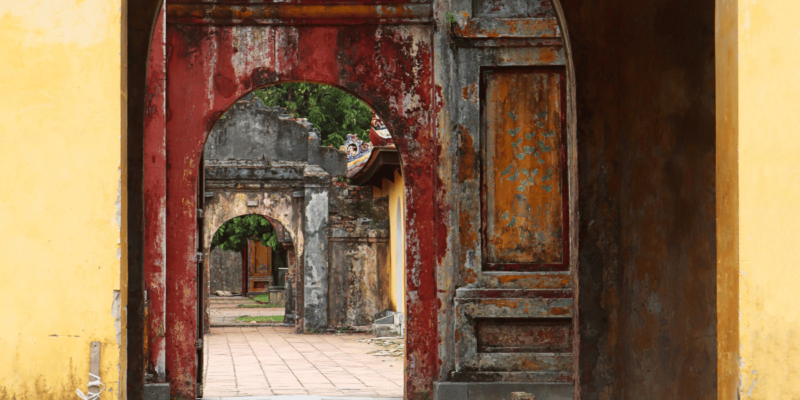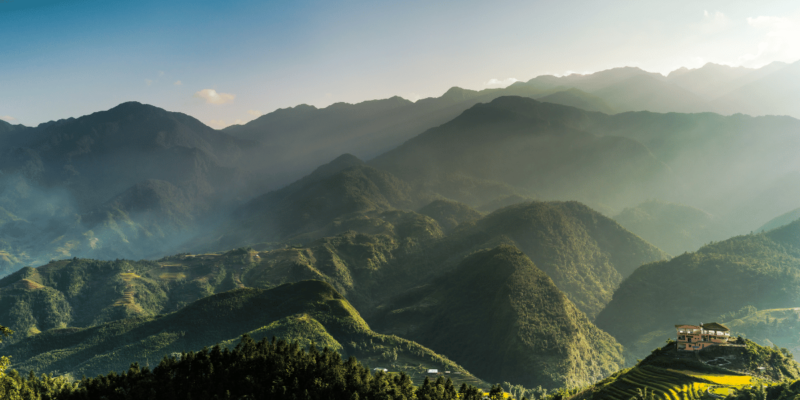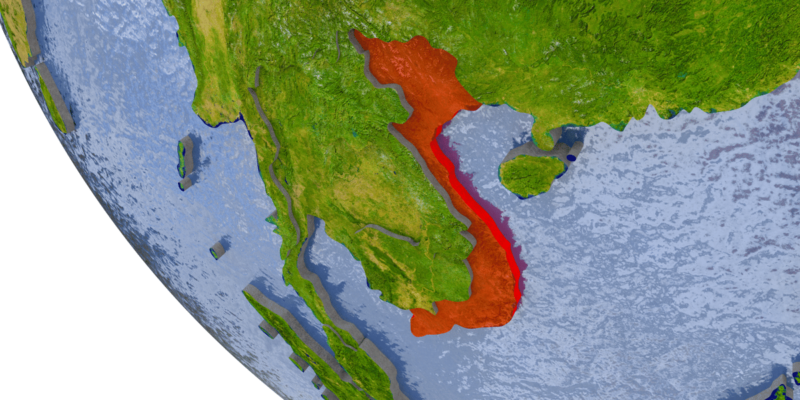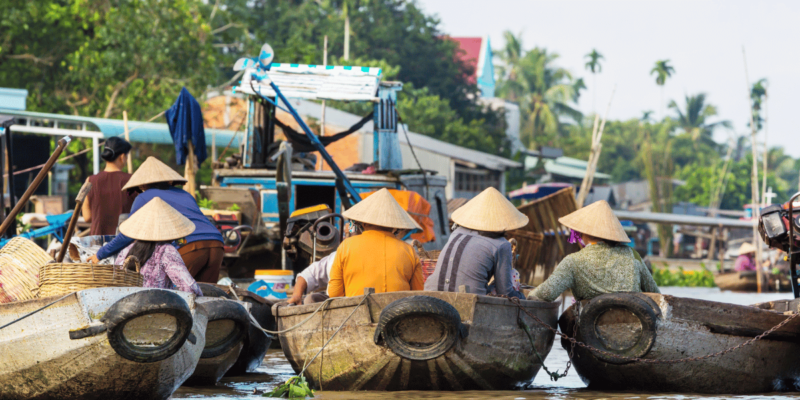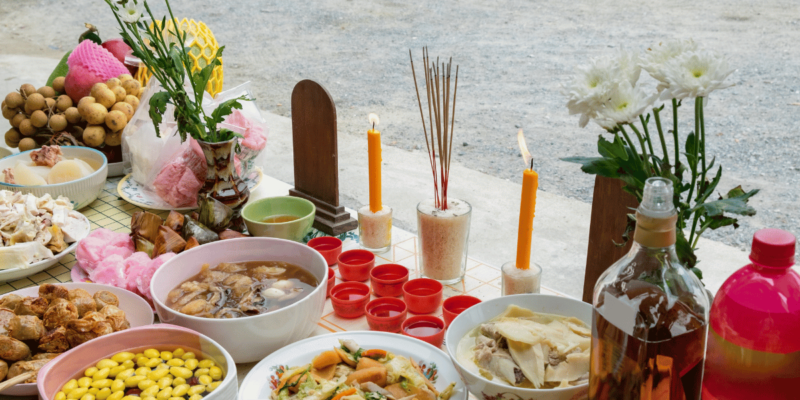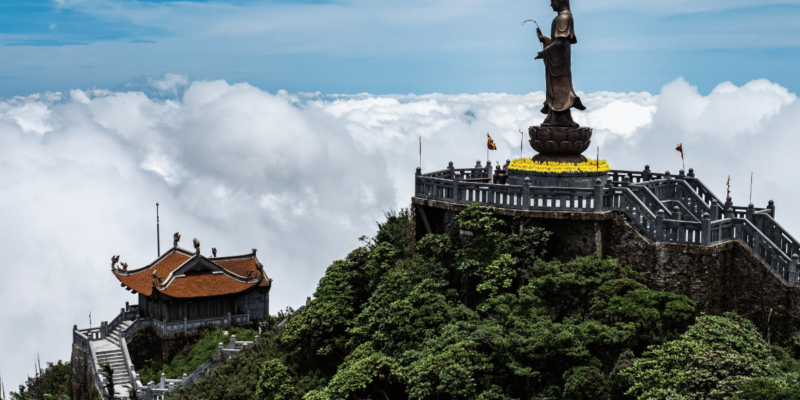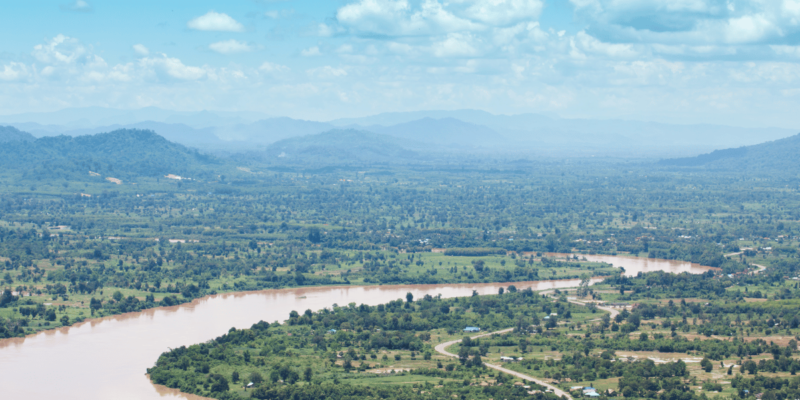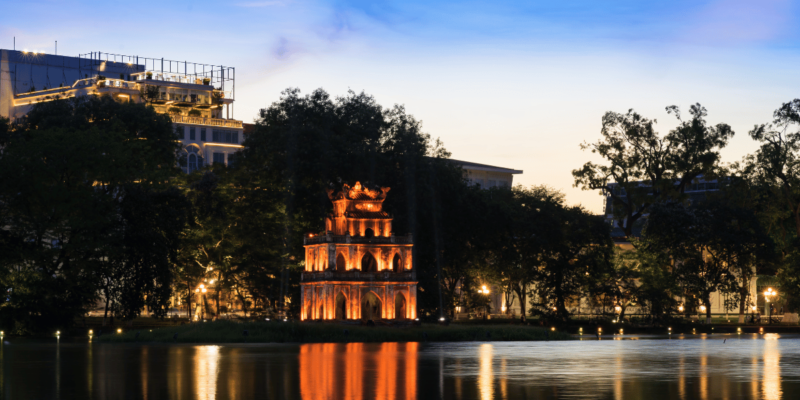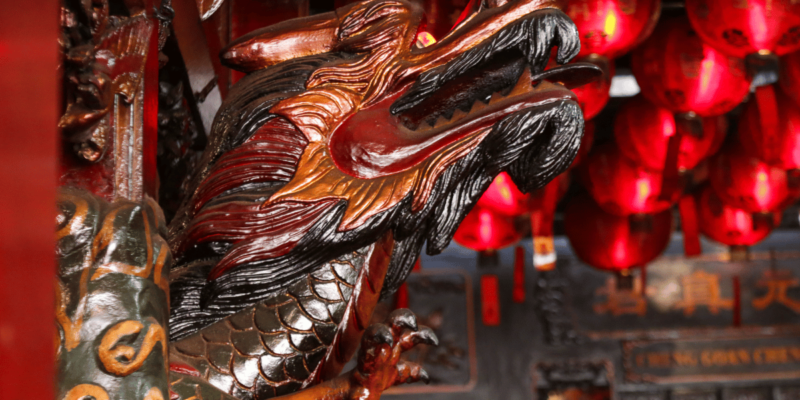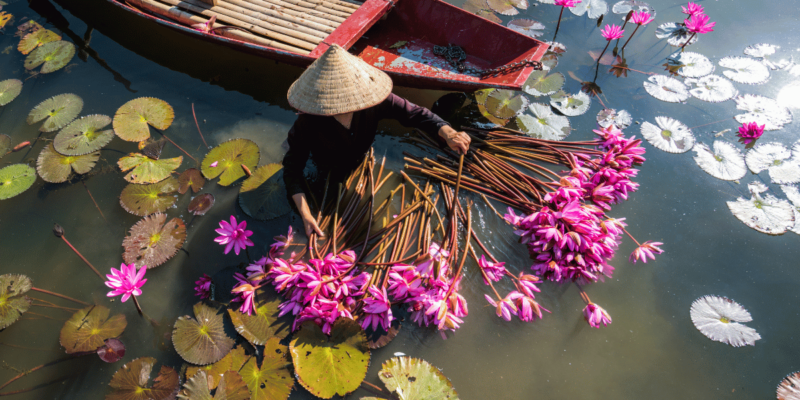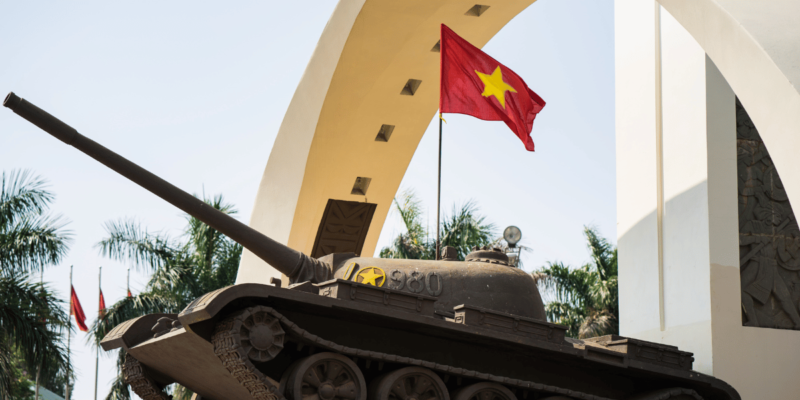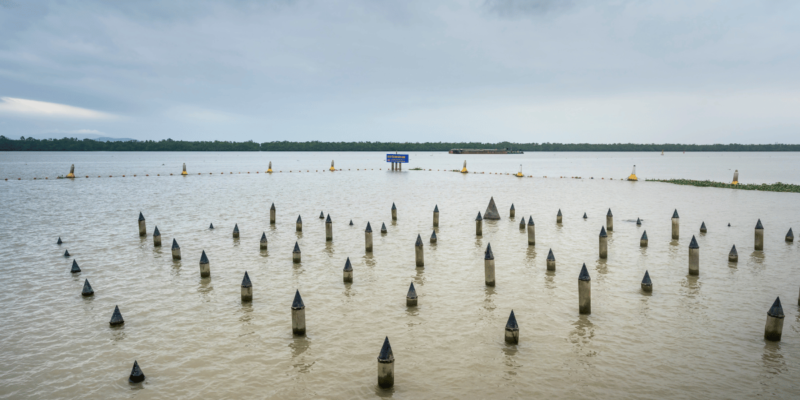Vietnamese Physical Features
Vietnam is a country of stunning geographical diversity, stretching from the mountainous regions in the north to the fertile deltas in the south. This diversity not only shapes the country’s breathtaking landscapes but also profoundly influences its culture, economy, and way of life. From the rugged highlands and expansive river systems to the lush coastal regions, each physical feature of Vietnam contributes uniquely to its national identity. This article explores the key physical features of Vietnam, examining their geographical characteristics, cultural significance, and economic importance.
Northern Mountains and Highlands
The northern region of Vietnam is dominated by the majestic Northern Highlands, home to the Hoang Lien Son range and Fansipan, the highest peak in Indochina. This area is characterized by its rugged terrain, terraced rice fields, and diverse climate, ranging from temperate in the highlands to subtropical in the valleys. The biodiversity here is remarkable, with numerous endemic species of flora and fauna. Ethnically, the Northern Highlands are rich with various minority groups such as the Hmong, Dao, and Tay, each with unique cultures and traditions. Economically, the region is vital for agriculture, particularly for crops like rice, maize, and tea, as well as for tourism, drawing visitors to its natural beauty and cultural heritage.
Red River Delta
The Red River Delta, situated in northern Vietnam, is one of the country’s most important agricultural areas. This fertile delta, formed by the Red River and its tributaries, is a flat, densely populated region that supports extensive rice cultivation, which is central to Vietnam’s food security. Major cities such as Hanoi, the capital, and Haiphong, a key port city, are located in this region, contributing significantly to Vietnam’s urban development and economic activities. The delta’s rich soil and abundant water resources make it a crucial area for both traditional agriculture and modern industry, reflecting its historical and ongoing economic significance.
Central Highlands
The Central Highlands, or Tây Nguyên, are characterized by their elevated plateaus, rolling hills, and cool climate. This region is dominated by the Annamite Range, which provides a unique topography and a haven for biodiversity. The highlands are known for their extensive coffee plantations, making Vietnam one of the largest coffee producers in the world. Ethnic minority groups such as the Ede, Jarai, and Bahnar inhabit this region, maintaining distinct cultural practices and contributing to its rich cultural mosaic. The Central Highlands play a critical role in Vietnam’s agricultural economy and are also important for their ecological value and cultural diversity.
Central Coastal Areas
Vietnam’s central coast is known for its scenic beauty and strategic importance. This region features a mix of sandy beaches, rocky cliffs, and historic towns. Key areas include Da Nang, a modern city known for its beaches and the Marble Mountains; Nha Trang, famous for its diving spots and vibrant marine life; and Hoi An, a UNESCO World Heritage site known for its well-preserved ancient town and cultural festivals. The central coast is a hub for tourism, fishing, and maritime trade. However, it is also susceptible to typhoons and severe weather, which can significantly impact local communities and economies.
Southern Lowlands and Mekong Delta
The Southern Lowlands and the Mekong Delta are among Vietnam’s most productive agricultural regions. The Mekong River, with its intricate network of tributaries, is the lifeblood of the delta, supporting rice paddies, fruit orchards, and fish farms. The region is known for its rich biodiversity and unique cultural practices, including floating markets and river-based lifestyles. Major cities such as Ho Chi Minh City, the economic heart of Vietnam, and Can Tho, a central hub in the delta, drive economic growth and development. The Mekong Delta’s significance lies in its agricultural productivity and its contribution to Vietnam’s food supply and economic stability.
Major Rivers and Waterways
Vietnam’s major rivers, including the Red River, Mekong River, and Saigon River, are vital to the country’s agriculture, transportation, and daily life. These rivers provide essential water resources for irrigation, support extensive fishing activities, and serve as important transportation routes. The Red River flows through the densely populated northern delta, while the Mekong River nourishes the southern delta, both regions being critical for rice cultivation. The Saigon River, running through Ho Chi Minh City, is integral to the city’s trade and commerce. These waterways are lifelines for millions of Vietnamese, underpinning both the economy and traditional ways of life.
Coastal and Marine Features
Vietnam boasts an extensive coastline stretching over 3,000 kilometers, dotted with beautiful beaches, islands, and bays. Key coastal features include Ha Long Bay, a UNESCO World Heritage site known for its emerald waters and limestone karsts; Phu Quoc Island, renowned for its pristine beaches and marine biodiversity; and the Con Dao Islands, famous for their natural beauty and historical significance. The marine environment is rich in biodiversity, supporting vibrant ecosystems and a thriving fishing industry. Coastal areas are also major tourist attractions, contributing significantly to the local economy. Conservation efforts are crucial to protect these marine habitats from overfishing and environmental degradation.
Conclusion
Vietnam’s diverse physical features, from the towering mountains in the north to the lush deltas in the south, are integral to the nation’s cultural identity and economic prosperity. These landscapes not only provide sustenance and livelihoods for millions of Vietnamese but also attract tourists and nature enthusiasts from around the world. Preserving these natural wonders is essential for maintaining the ecological balance and ensuring that future generations can continue to benefit from Vietnam’s rich natural heritage. Understanding and appreciating these physical features allows us to grasp the full beauty and complexity of Vietnam, highlighting the importance of conservation and sustainable development.

